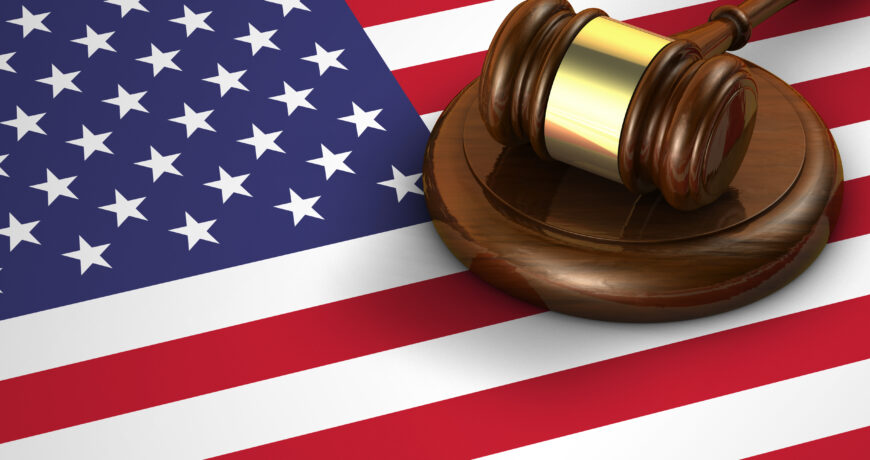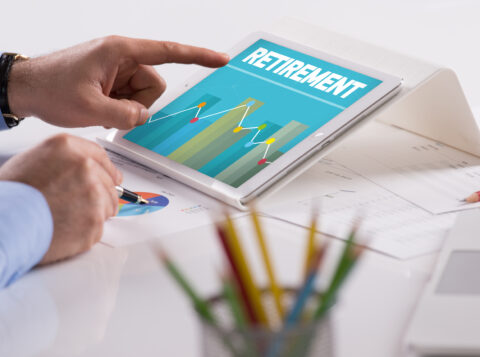
Making Improvements in the Retirement Landscape: How the Secure 2.0 Act Impacts Your Retirement Today & Future
With the intent to reshape the American retirement landscape, Congress passed, and President Biden signed into law the Secure 2.0 Act as part of a large end-of-the-year spending deal. This Secure 2.0 Act is meant to help Americans save more for retirement and continue paving the way for a better retirement like how the original Secure Act had.
Within the legislation there are 92 small and large changes and updates made to improve retirement. A complete summarized breakdown of all 92 sections can be found at our website: www.retirementriskadvisors.com/secureact. Since the Secure 2.0 Act has many significant changes from required minimum distribution age to 529 rollovers to contribution limit increases, this article will cover a portion of the major changes that have begun.
Betterment for New Retirement Plans
With the Secure 2.0 Act incentive has been given for employers to offer retirement plans—increasing the possibilities of employees having retirement plan benefits.
This legislation has introduced a tax credit for employers offering defined contribution plans. Businesses with less than 50 employees could receive a startup credit covering all administrative costs up to $5000 for their first three years if they offer a defined plan. Not only does this bring more opportunity to employees, but employers could also receive an additional $1000 credit for contribution to plans per non-highly compensated employee. Employers are also encouraged under this provision of the Act to offer small incentives and can offer participation to part-time employees.
Changes have been made to enrollment and contribution increases to 401(k)s and 403(b)s. Once an employee becomes eligible for the retirement plan, employees affected begin with a 3% pre-tax contribution and gradually increases each year of employment up to 10% and no more than 15% of the employee’s earnings (effective 2025). Please note existing retirement plans do not have to meet these and there are exemptions for businesses with 10 or less employees or businesses that are less than three years old; government or church plans may be exempt, too.
Betterment for Existing Retirement Plans, Too!
With incentives to offer retirement plans comes an ability to include newer saving offers into existing retirement plans! For example, beginning in 2024, under this legislation, employers could match qualified student loan payments as contributions to retirement plans. This creates a great potential for student loans to get paid down and for employees to build their nest egg especially if they are strained by student loan payments.
Another great opportunity for retirement savings has been created under the Secure 2.0 Act. Before, employer matching contributions could only be paid into pre-tax retirement accounts. Now, employers can offer their employees the choice to have the match contribution go into their Roth retirement accounts—either fully or partially. Any Roth contributions would not be excluded from an employee’s gross income.
Regulatory & Other Updates
From the first day of 2023, a few new changes went to effect that fall under regulatory updates. The new required minimum distribution age is 73 and will be bumped to 75 in 2033. Another change you will see with RMDs is the penalty for not taking your RMDs. Originally, the penalty fee was 50%, and now it is 25%. And lastly, a great change that comes from the Secure 2.0 Act is starting in 2024 you will not have to take an RMD from your Roth account that is issued by your employer.
While there were increases made to 2023 contribution limits and catch-up limits, The Secure 2.0 Act gives an extra bump for catch-up contributions. For those age 60-63 the catch-up limit for 401(k)s is $10,000 until 2025. There is wiggle room within the legislation for this temporary catch-up limitation to increase if inflation keeps rising at an alarming rate. Moreover, the bill allows for inflation-adjusted catch-up contribution limits towards IRAs if inflation keeps rising. Read more here on the recent changes and increases to contribution limits.
Another update seen under the Secure 2.0 Act is a major change to 529 rollover allowance. 529s allows money to be saved for higher education with tax-advantages. However, there has always been a concern should the child you are saving for choses a different route than higher education. Under the Secure 2.0 Act you can rollover funds from a 529 account into a Roth IRA after 15 years with some stipulations. The Roth IRA must be for the beneficiary and is subject to annual and lifetime contribution limits.
In conclusion, a lot about the Secure 20 Act will impact your long-term and short-term retirement planning and savings. Even your investment strategies may change now. But these changes are mostly positive, allowing for a better, safer, more secure retirement that you deserve.


